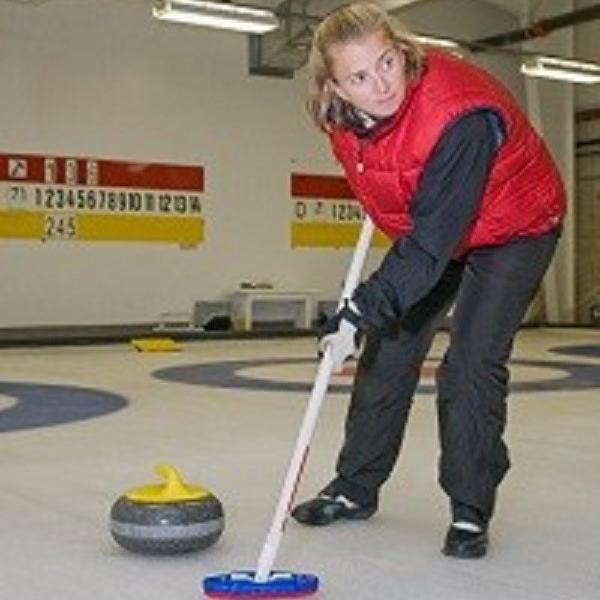
Compared to other sports at the Sochi games, you may think curling is probably the least dangerous. However, compared to the excitement when watching the speed of the luge, the death-defying moves of freestyle skiing, or waiting to exhale when a figure skater takes a fall, curling can be less of an adrenaline rush for spectators. However, as simple as the sport may seem, when you start breaking it apart, it really is quite complicated . . . especially where the human body in concerned.
How Common are Injuries in Curling?
While curlers don’t suffer from the broken bones and torn ligaments of other winter athletes, injuries can still happen. From the weight of the stone (about 40 pounds), to the full lunge when it’s thrown, to the vigorous sweeping, this sport engages a lot of muscle groups, all of which are susceptible.
“Although injuries are rare – about 3.5% of participants annually – there is still a risk, especially for those musculoskeletal in nature,” says Carrie Cox, Sports Medicine Supervisor with ATI. “Due to the movements associated with this sport, the more common injuries will be to the knees, shoulders, hips and back.”
Common Curling Injuries
Carrie offers insight on the injuries associated with curling, and what the athletes need to do to help prevent them.
- Knees: Muscle strains may occur from not warming up properly, and putting the knee into deep flexion.
- Shoulders: Tendonitis from the weight of throwing the stone and vigorously pushing the broom.
- Hips: Pulled hip flexors from extension of the hip during the throwing of the stone.
- Back: Strain from not keeping the back straight when lunging and throwing the stone.
Curling Injury Prevention
As with any physical activity, regular exercise to strengthen the muscles of the core, legs and upper extremities will help prevent curling injuries.
- Core Muscles: Strengthening the core muscles (abdominals, back extensors) will improve stability and protect the back from injury. Planks and sit-ups are good exercises to start with.
- Flexibility: Flexibility of the hamstrings, hip flexors, and calf muscles will decrease the incidence of a pulled/strained muscle. When doing stretches for these muscle groups, hold for at least 30 seconds, three times each.
- Strengthening: A regular exercise program to strengthen shoulder muscles, especially the triceps and lats (back muscles) will increase sweeping power and decrease the chance of getting tendonitis or a ligament tear. Make sure that exercises are hitting on all shoulder muscles, especially the rotator cuff muscles.
- Stretching Before and After: Both pre- and post-game stretches for at least five minutes will warm muscles up and help prevent injury.
If you’re experiencing pain, Complimentary Injury Screenings are available at an ATI Physical Therapy location near you. Call today to schedule yours!
References: Catastrophic Injuries in Sports and Recreation: Causes and Prevention : a Canadian Study Edited by Charles H. Tator
